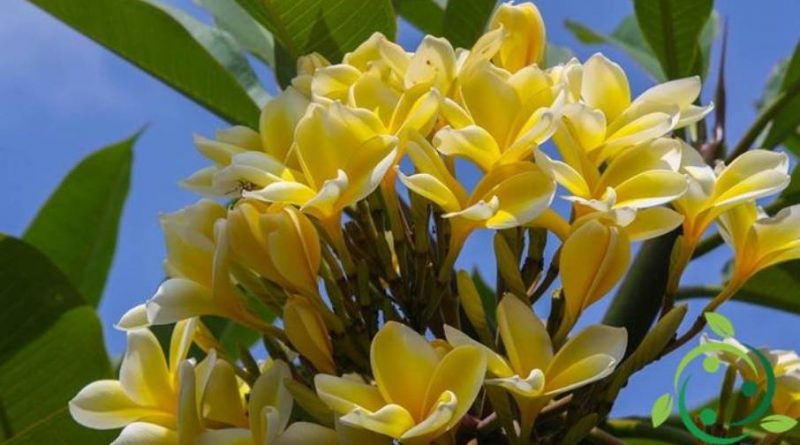How to grow Plumeria
How to grow Plumeria
Some plants native to tropical America belong to the genus Plumeria (L.) of the Apocinaceae family.
The plumerie or pomelie or frangipani are shrubs or saplings also of considerable size, with deciduous or persistent leaves, with initially fleshy stem that becomes woody with time; the branches, fleshy, are few in number.
These plants are characterized by large, lanceolate, pointed oblong leaves, of a more or less intense green color depending on the species, with flowers similar to those of oleander and fragrant, large, gathered in terminal buds, bearing even fifty flowers with 5-7 petals, white, cream, pink, red and yellow, shaded in the center with various colors.
The plumeries produce large berries, which, like the fruits of many species of the family, are highly toxic; so be careful with children.
In this card we will see how to cultivate the Plumeria following the most important agronomic tricks and the most appropriate techniques.
Among the most widespread species in Italy we remember the Plumeria rubra that can be cultivated in pots in the milder areas of Sicily, Liguria and central-southern regions.
This plant grows spontaneously on the whole island of Crete where it is used as a hedge plant and at the port of Candia it even acts as a fence.
The Plumeria rubra, due to its cultivation, requires a sunny exposure sheltered from cold winds and winter humidity, while in summer these plants must be protected from excessive insolation. In winter, however, after the plant loses its leaves, it goes in vegetative rest, it must be protected from frost by storing them in a dry place at temperatures no lower than 15-16 ° C.
In the warmer regions of Italy, as in Sicily, the apical buds of the plants, which are left outdoors even in the balconies, are protected from humidity by covering them with the characteristic system of eggshells as they rot easily in the presence of humidity.
The plumeria also adapts well to brackish environments.
For its plant it is good to use a light substrate or, if in pot, a fertile, light, well-drained universal soil, added with peat with sand or other inert and porous material.
After the vegetative restart the plant must be supported, at the moment in which the soil or the substratum begins to lose humidity, with regular and controlled waterings in the period from May to September, avoiding the stagnation or excess water that irreparably cause rot phenomena .In addition, in hot periods, it is advisable to spray the foliage frequently. Once instead the pomelia enters in vegetative rest, with the beginning of the first colds, the water supplies must be suspended, above all for the specimens repaired in closed or shaded places; this technique is necessary to allow a good lignification in the winter period and to obtain a good maturation of the stems with an abundant flowering in the following spring.
The plumeria must be fertilized regularly, even monthly, but this depends on the type of substrate, the size of the pot, if cultivated in this way, using a liquid fertilizer with a low nitrogen content, mixed with the water used for watering. If, on the other hand, it is grown in the open ground (something possible only in southern Italy), it is sufficient to supply a good quantity of organic substance during the end of winter, mixing it in the first cm of soil.
The plumeria can be propagated by seed or by cuttings. In the case of sowing, it is recalled that the gamica reproduction is used to obtain new varieties (since the daughter plants will have a certain genetic variability with respect to the mother plants); this should be done in late spring with fresh seeds. But remember that the plants obtained by seed do not flower before 3-4 years.
In the case of agamic multiplication, which can be done through semi-woody cutting in spring, it is necessary to have the foresight to dry the cut for a dozen days, before burying the cuttings in a substratum of peat and sand or perlite, fresh and well drained without exceeding with watering.
Care must be taken, during this operation, to the toxic latex that comes out from the cut of the branch portion.
As for adversity, it should be remembered that the plumeria is on average sensitive to scale insects and aphids, especially if intervened with fertilizers based on nitric nitrogen. Other insects that can cause particular infestations are the Trialeurodes vaporariorum, the miner fly (Phytomyza stricornis) and the red spider mite.
The plant, in conditions of excessive humidity or poor drainage, can also experience root rot.

